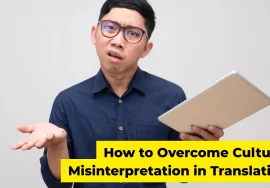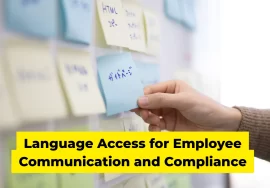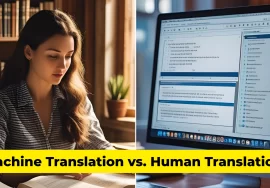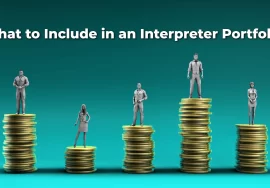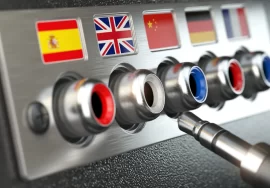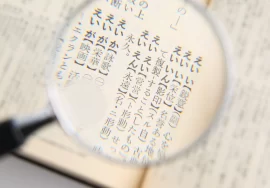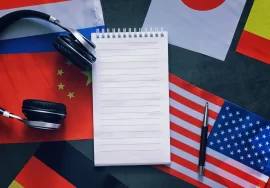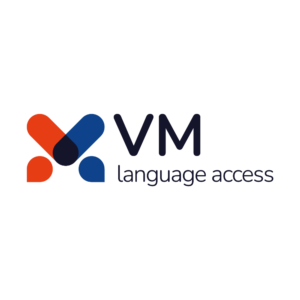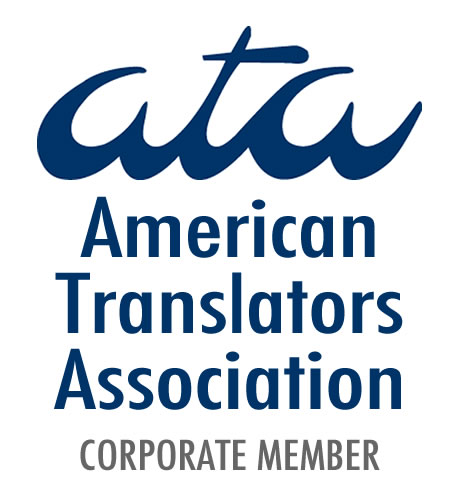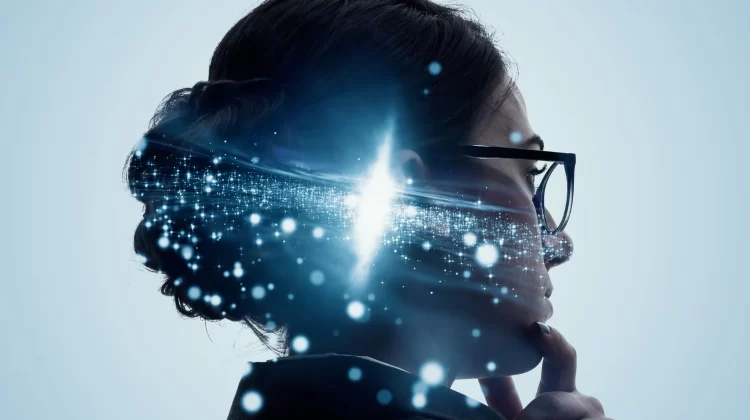
The Dark Side of AI Translation: Why Machines Can’t Fully Replace Humans
The advent of artificial intelligence (AI) has brought about significant changes in various industries, and translation is no exception. As AI translation tools like Google Translate, DeepL, and others continue to evolve, the question on everyone’s mind seems to be: Will AI replace translators? With AI promising faster, cheaper, and more accessible translations, some argue that human translators might soon become obsolete. However, the reality is much more nuanced. While AI can handle certain translation tasks, the truth is that there are still many aspects of language that AI simply cannot replicate, especially when it comes to the depth and nuance that human translators provide.
In this article, we’ll explore the AI impact on translation jobs, discuss why machines can’t fully replace humans, and dive into the Google Translate accuracy issues that show just how far AI has yet to go in replacing the human touch. Let’s get started by looking at the rise of AI translation tools and why they’re often seen as both a blessing and a curse.
The Rise of AI in Translation
There’s no denying the incredible advancements made by AI in the realm of translation. Tools like Google Translate, DeepL, and Microsoft Translator can translate text in seconds, making it incredibly convenient for people who need quick translations. These tools use machine learning algorithms to understand language patterns and provide translations that can often be surprisingly accurate—at least for simple texts.
In recent years, AI translation has become more accessible and has even begun to handle tasks that once required human intervention, such as translating technical manuals, medical documents, or even legal texts. With the vast amount of data AI can process, these tools are able to handle high-volume translations with remarkable speed and at a fraction of the cost of human translators.
While this may sound like a game-changer for businesses and individuals who require translations, it also brings up an important question: Can AI truly replace human translators?
Google Translate Accuracy Issues: Why AI Falls Short
One of the most commonly used AI translation tools is Google Translate, which boasts the ability to translate text in over 100 languages. While it’s certainly impressive how quickly Google Translate can process translations, it’s far from perfect. In fact, Google Translate accuracy issues are prevalent, especially when dealing with more complex language or less commonly spoken languages.
AI translation tools like Google Translate rely on massive datasets and machine learning algorithms to “learn” how to translate text. They analyze large volumes of translated content to understand language structures, grammar, and vocabulary. However, this approach has significant limitations. For example, machine translation struggles with nuances in language, cultural context, and idiomatic expressions.
When translating a simple sentence like “I am going to the store,” AI systems do a decent job, as the sentence is straightforward. However, when dealing with complex sentences, idiomatic phrases, or context-dependent language, AI translations can falter. Take, for instance, the phrase “kick the bucket” in English. A literal translation of this phrase would lead to confusion, as it’s an idiomatic expression meaning “to die.” AI, which lacks an understanding of cultural and contextual meaning, would likely translate this phrase literally, resulting in a nonsensical or incorrect translation.
Moreover, Google Translate and other AI tools can struggle with homophones—words that sound the same but have different meanings—leading to translations that don’t quite capture the intended meaning. For example, in Spanish, the word “banco” could mean “bank” (a financial institution) or “bench” (a piece of furniture). Without context, AI might struggle to determine which meaning is correct.
The Limits of AI in Capturing Context and Nuance
One of the primary reasons AI can’t fully replace human translators is its inability to understand the deeper context and nuances of language. Language is far more than just words; it’s deeply intertwined with culture, emotions, history, and context. Humans bring their lived experiences, cultural knowledge, and emotional intelligence into the translation process, which is something that AI simply cannot replicate.
For example, in marketing translations, a phrase that works well in one language may not have the same impact in another language due to cultural differences. A human translator can adapt the message to resonate with the target audience, ensuring that it’s both accurate and emotionally compelling. AI, on the other hand, would struggle to make these kinds of adjustments, as it lacks the understanding of human emotion and cultural intricacies.
Additionally, AI struggles with tone and style. A human translator can choose the appropriate register (formal or informal), adjust the tone to suit the context, and ensure that the translation aligns with the intended purpose—whether it’s a legal document, a marketing campaign, or a literary work. AI translations are more likely to sound stiff, robotic, and devoid of personality.
The Future of Human Translation: Collaboration, Not Replacement
Despite the limitations of AI, there’s no doubt that it will continue to play a significant role in the translation industry. However, rather than replacing human translators, AI will likely serve as a tool that helps translators work more efficiently. This collaborative approach between humans and machines will likely define the future of human translation.
Human translators will continue to be essential for high-quality translations, especially in complex, context-sensitive, and culturally nuanced areas. For instance, legal documents, medical texts, and creative works such as literature and advertising require not only linguistic proficiency but also an understanding of specific jargon, industry terminology, and cultural references. AI may be able to generate a rough draft, but human translators are necessary for refining the translation, ensuring accuracy, and making it culturally appropriate.
As AI technology continues to improve, it may assist human translators by providing suggestions, automating repetitive tasks, and offering insights into translation trends. In this way, AI could become a valuable tool for human translators rather than a competitor.
Will AI Replace Translators? The Short Answer: No
While AI is undoubtedly reshaping the translation industry, it’s unlikely that machines will fully replace human translators anytime soon. AI impact on translation jobs may lead to changes in the type of work available, but human translators will remain vital for tasks that require creativity, cultural understanding, and deep contextual knowledge.
In fact, as AI continues to handle more routine and high-volume tasks, human translators may find that their roles evolve rather than disappear. They may focus more on specialized fields that require expert knowledge and less on simple translations that can be handled by machines. For example, a human translator may be required to work on translating complex medical or legal texts, while an AI tool can handle basic translations for everyday communication.
Furthermore, as businesses and organizations become more aware of the limitations of AI, they will increasingly value the expertise of human translators who can ensure that translations are accurate, culturally sensitive, and appropriate for the target audience.
Why Human Translators Are Still Essential
There are many reasons why human translators are still essential in today’s world, even in the face of AI advancements. First and foremost, human translators can adapt translations based on the intended audience, taking into account factors such as age, education level, and cultural background. AI, however, does not have this level of adaptability.
Moreover, human translators can bring their creativity and emotional intelligence into the translation process, ensuring that the message is not only linguistically accurate but also emotionally resonant. Whether translating a poem, a marketing slogan, or a heartfelt letter, humans understand the nuances of emotion and tone in a way that AI simply cannot.
Finally, human translators can engage in a process of quality assurance and proofreading that ensures the final product is polished, accurate, and free from errors. AI may generate a translation in seconds, but it lacks the ability to proofread, edit, and refine its own output.
AI translation tools like Google Translate have certainly changed the way we approach language and communication, making translations more accessible and cost-effective. However, the truth is that AI impact on translation jobs is not a cause for alarm, but rather an opportunity for human translators to leverage technology to work smarter, not harder.
While AI can handle basic translations and assist in certain tasks, it will never be able to fully replace human translators. The nuances of language, cultural context, and emotional intelligence are qualities that only humans can bring to the translation process. So, rather than fearing that AI will replace translators, the focus should be on how humans and AI can work together to provide the highest quality translations.
The future of human translation lies in collaboration, with AI serving as a helpful tool to improve efficiency while humans remain at the forefront of ensuring accuracy, creativity, and cultural sensitivity. In the end, the need for human translators will never disappear—because language is more than just words; it’s a bridge between cultures, a reflection of our identities, and a vital tool for connection. And that’s something no machine can replace.

